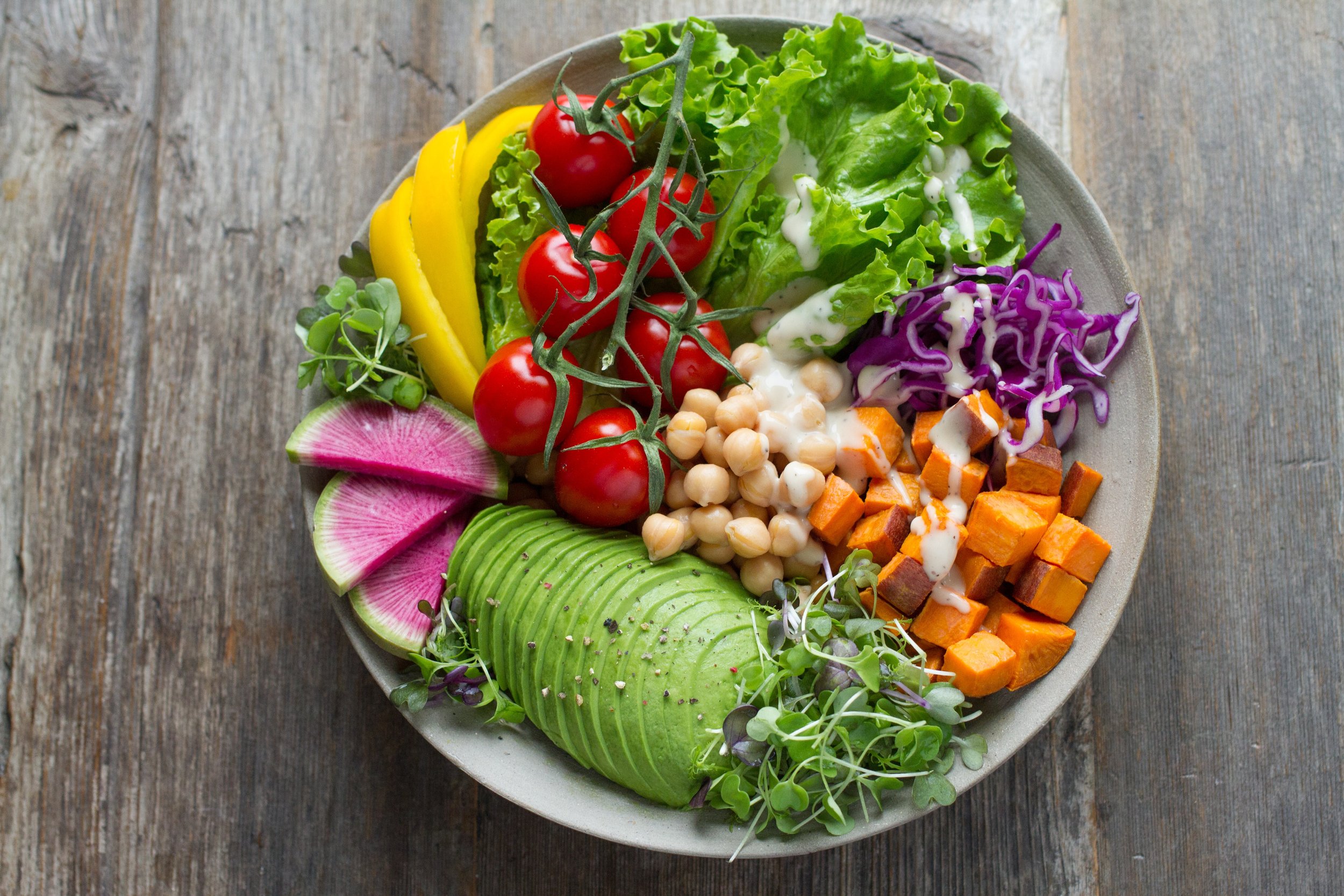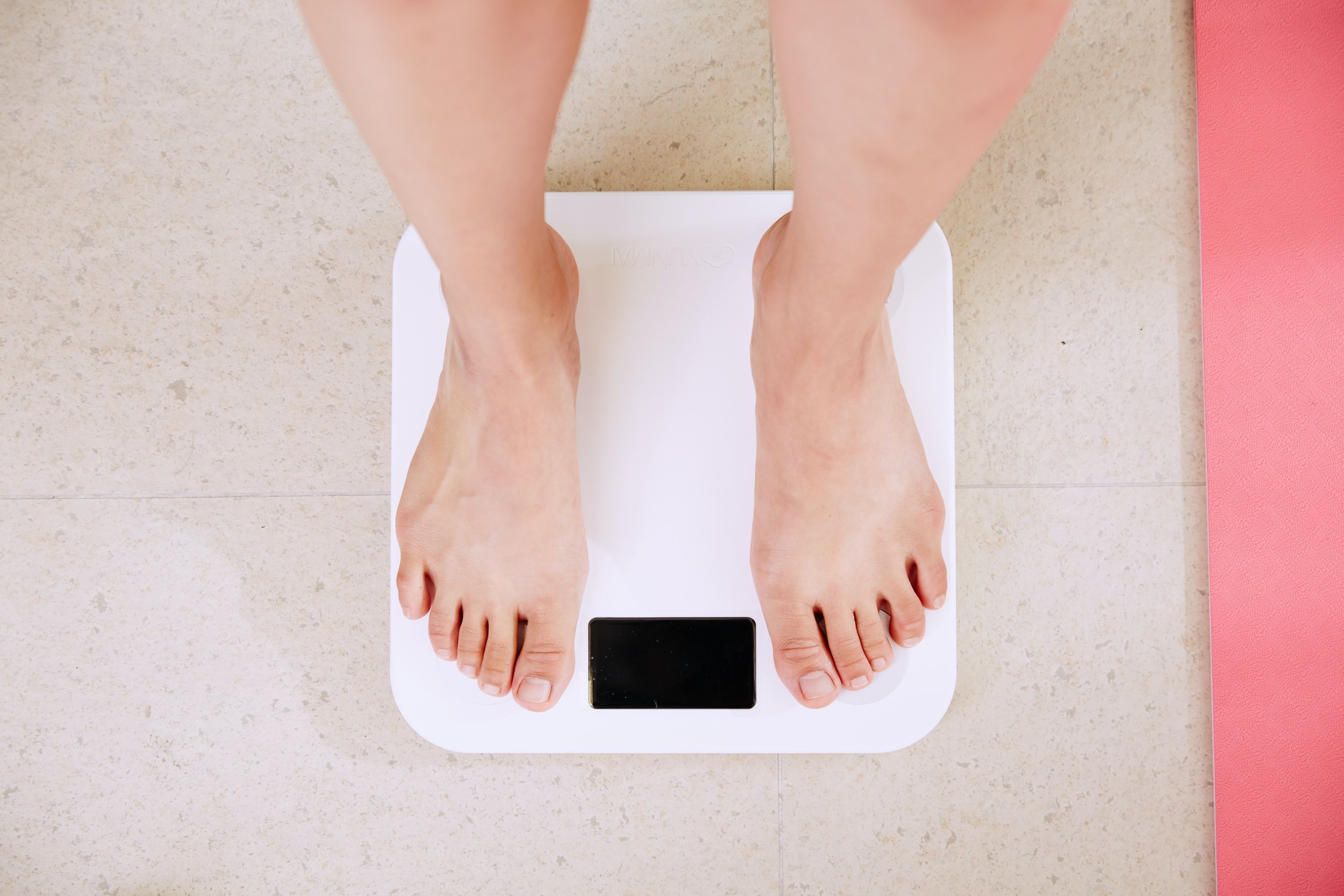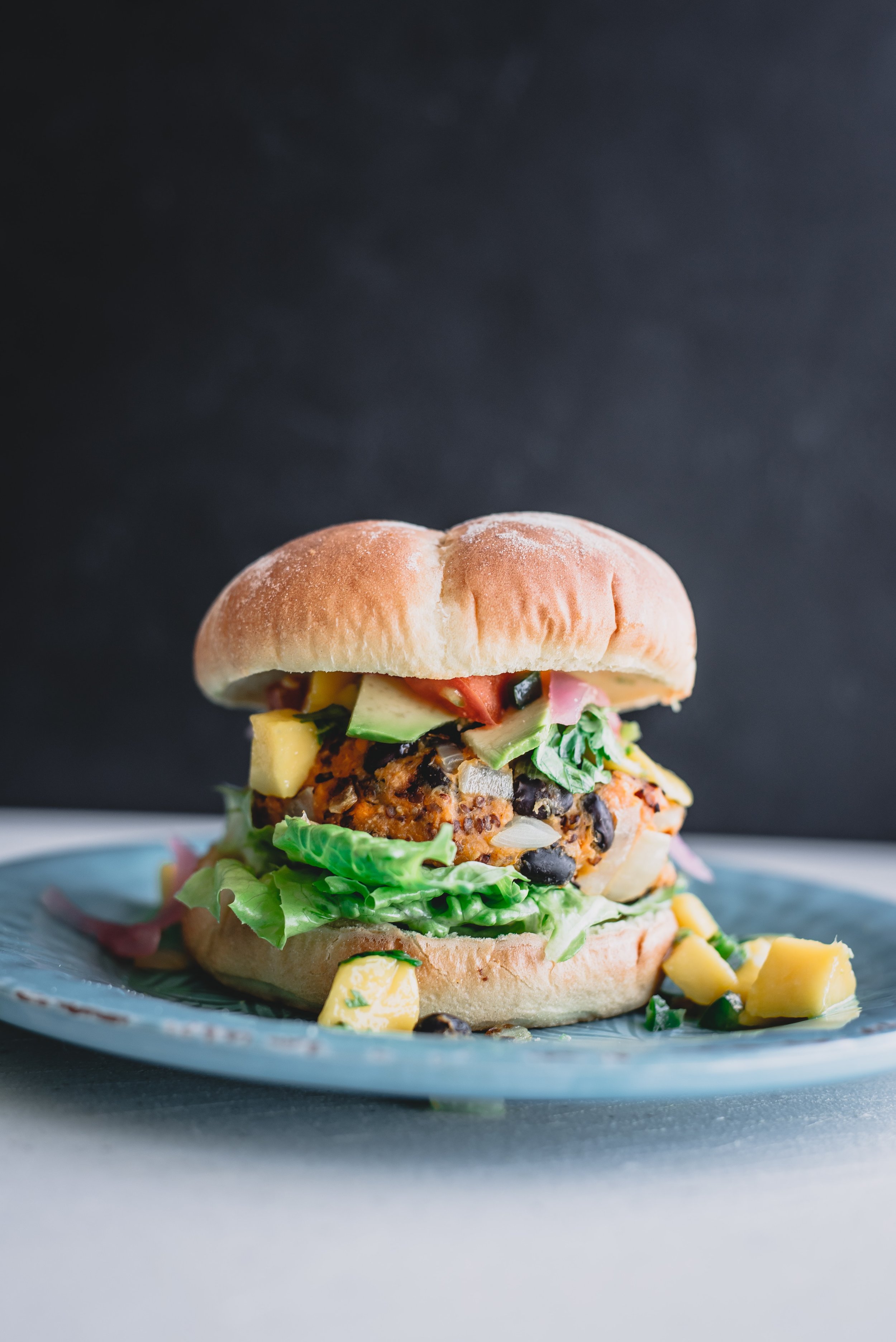Fueling for Training and Racing
Whether you are a cyclist, triathlete, runner, or any endurance athlete, it's no secret that race day nutrition can make or break your event. Making sure you are eating enough of the right foods can benefit both racers and casual riders alike by improving performance, improving mental outlook and clarity, and just making your race or event more enjoyable overall. There is not a single answer that works for everyone, so it will take some experimentation on your part. The time to start this planning and experimentation is well before your event and as part of every training session.
High-Level Fueling Needs
Different workouts and events may require different fueling needs. If your activity is low-intensity, you can eat towards the lower ranges listed below. If your activity is high-intensity, eating toward the higher range will support better performance. In general, the longer your event, the more you need to eat. However, different people will tolerate food differently. Some individuals can easily consume and digest over 60 to 90 grams per hour, where others can barely tolerate 30 to 40 grams.
Under 60 minutes (easy): Probably not needed
Under 60 minutes (High-intensity or multiple workouts in a day): 20-30g carbohydrates
60 to 90 min: 30g carbohydrates per hour
90 min to 3+ hours: 30 to 60g carbohydrates per hour (and possibly up to 90+ grams)
For longer events over three hours, eating towards the higher range, even over 90+ grams per hour, has been shown to improve performance. This may sound like a lot, but top riders at Unbound Gravel reported eating 120 grams per hour for the 200 mile race. However, eating over 60g of carbohydrates per hour should be planned carefully from multiple sources (combinations of glucose and fructose) to maximize absorption rates. And you also need to work up to consuming these higher amounts—you need to train your gut during your training rides to get used to eating and to determine what you can realistically handle.
What to Eat during your Workout or Race
As a general guideline, 1 bottle of sports drink and 1-2 pre-packaged food items per hour should cover your fueling needs. If you are drinking a lot or drinking less, you may need to adjust your eating. For example, on a very hot day, if you are drinking two bottles of sports drink per hour, you may not need to eat extra food, or you may not need to eat as much. Alternatively, if you are drinking less in winter time, or not using sports drink, you will need to eat more to account for the carbohydrates you are not getting from your hydration. The following are examples of food choices and approximate amounts of carbohydrate content per serving.
Skratch Labs hydration mix: 21 grams
Tailwind Endurance Fuel: 25 grams
Energy gel: 22 grams
Honey Stinger Waffle: 21 grams
Clif bar: 24 grams
Potato (2 cups diced): 24 grams
Pretzels (20 mini): 25 grams
Banana: 29 grams
Gummi bears (16 bears): 31 grams
Pop Tart: 35 grams
Dates (2-3): 33 grams
Peanut butter and jelly: 50 grams
Absorption rates are important to consider when planning your food. Foods that are primarily carbohydrates, such as sports drink, energy gels and chews, and gummi bears, will enter your bloodstream more quickly (in about 15 minutes). Food items that include fat, protein, and fiber, such as energy bars, potatoes, or peanut butter and jelly sandwiches, will take longer--up to 30 minutes or more. Try different foods to find out what works best for you.
When to Eat it
Eat before you are hungry
Eat and drink small amounts constantly (every 15-20 min) or eat larger amounts less often (e.g. every hour)
Always eat gels with plain water.
This is all just a high-level starting point. It can be a place to get started, or a way to revaluate your current habits. Let me know if you have any questions.


